| Plant Habit: | Herb/Forb |
| Sun Requirements: | Full Sun Full Sun to Partial Shade Partial Shade to Full Shade |
| Water Preferences: | Wet Mesic Mesic Dry Mesic |
| Plant Height: | 1-3 feet (20-90cm) |
| Plant Spread: | Unlimited; extremely invasive in North America |
| Flowers: | Showy |
| Flower Color: | Mauve |
| Bloom Size: | Under 1" |
| Flower Time: | Summer Fall |
| Underground structures: | Rhizome Tuber |
| Uses: | Groundcover Cut Flower Will Naturalize |
| Wildlife Attractant: | Bees Butterflies Hummingbirds |
| Propagation: Seeds: | Self fertile Suitable for wintersowing Can handle transplanting Other info: Sow seed in containers in a cold frame in spring. Alpine species should be sown in an open frame. |
| Propagation: Other methods: | Cuttings: Root Division Other: take basal root cuttings |
| Pollinators: | Self Beetles Moths and Butterflies Flies Bees |
| Containers: | Suitable in 3 gallon or larger |
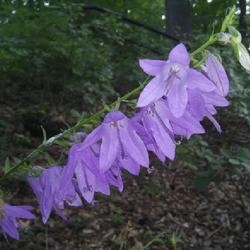
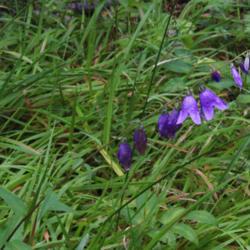

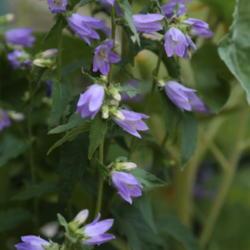
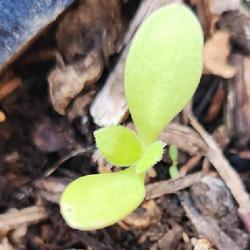
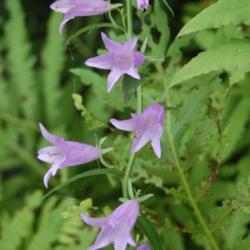



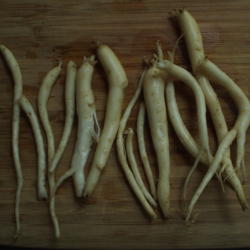

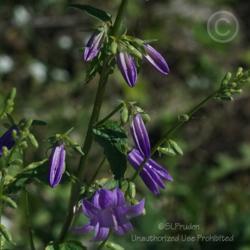
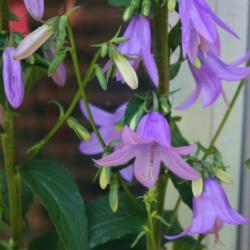
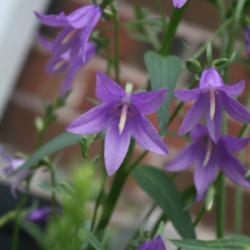
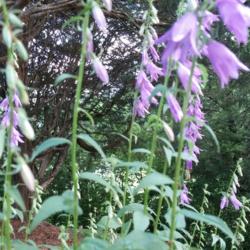
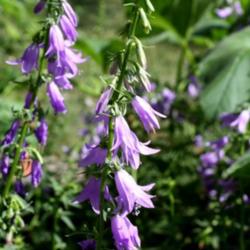


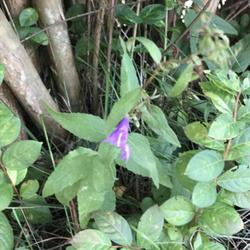
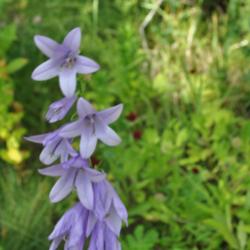


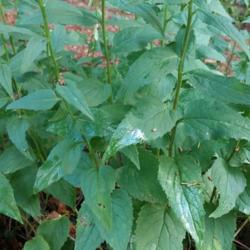
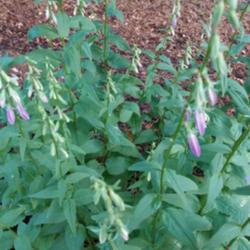
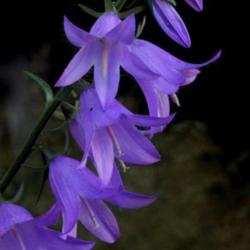
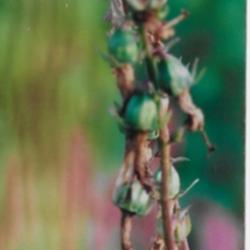

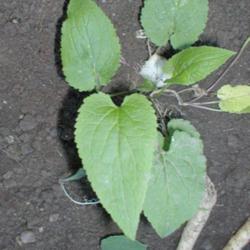

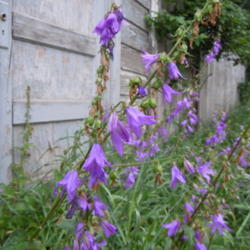
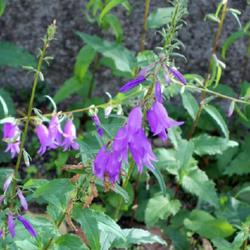

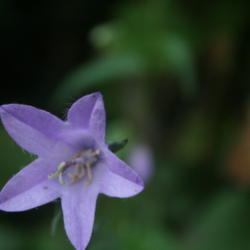
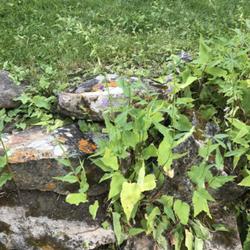
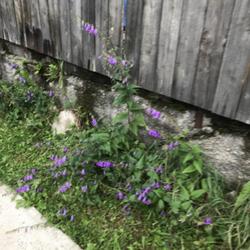



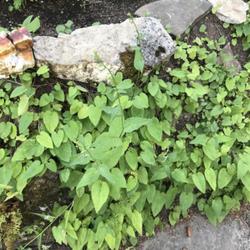
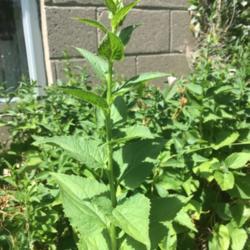
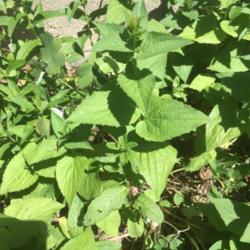
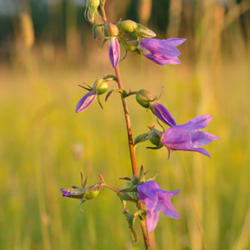
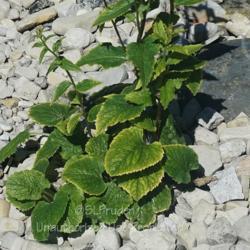
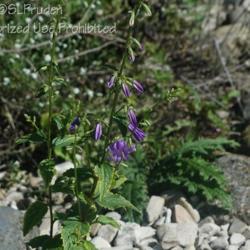

| Thread Title | Last Reply | Replies |
|---|---|---|
| is this the Campanula rapunculus ? by bamira | Mar 7, 2016 12:11 PM | 6 |
« Add a new plant to the database
» Search the Bellflowers Database: by characteristics or by cultivar name
« See the general plant entry for Bellflowers (Campanula)